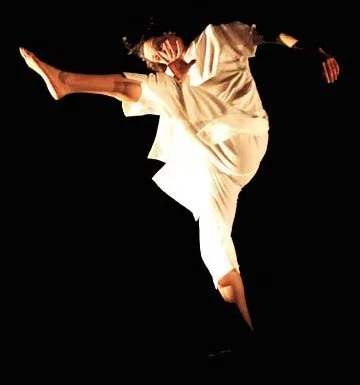
“Austere, cold, and infused with the sterility of the hospital ward”
—The Dance Insider
Sympt-o-matic (2003)
Duet, 13 minutes
A medical history come to hysterical life.
Melissa Rodnon portrays a patient put through the ringer, while Jody Sperling, as the doctor, casts hand shadows controlling Rodnon’s motions.
Enveloped in Michelle Ferranti’s anti-septic costumes, Roderick Murray’s eery lighting and Quentin Chiappetta’s creepy electronic soundscape, the figures expose what can go wrong with the body.
CHOREOGRAPHY: Jody Sperling
DANCERS: Melissa Rodnon & Jody Sperling
MUSIC: Quentin Chiappetta
COSTUMES: Michelle Ferranti
LIGHTING: Roderick Murray
”Sympt-o-matic presents a stark change in tone and mood and deals with the body’s vulnerability in the face of the Western medical establishment. It’s austere, cold, and infused with the sterility of the hospital ward. Rodnon, in white hospital gown, lies on the stage. A bright, blinding spotlight pours down, and from behind a draped curtain, the shadow of a doctor (Sperling) looms over the scenario. A booming, authoritative male doctor’s voice asks calm, pointed questions and adds an unnerving element to the work; no bedside manner at work here. Rodnon moves frantically, as if trying to escape her ailing body. A series of rigid, repetitive movements bespeaks the humbling and, at times, humiliating tests and trials that are the patient’s lot. All the while, Sperling stands poised with her clipboard. Sperling has created an interesting blend of movement to convey the ordeal of the patient. Rodnon’s desperation shows in each moving flail and shake.”
-Vanessa Manko, Dance Insider
“In her very thoughtful Symptomatic, Sperling again uses some other Fuller-esque techniques to draw out Fuller’s frequent mise-en-scene of medical or scientific interiority. The piece is set in a doctor’s office where a woman ‘patient’ is to receive an onstage consultation with her physician. While a booming male voice from offstage asks questions about her health, the patient gazes at her own body, which begins to tremble with increasing violence. The dancer is unperturbed by the shaking, regarding her disobedient limbs with disinterested calm and clinical detachment. The ‘doctor’ . . . appears silhouetted behind a screen. His giant shadowed ‘hand’ then looms towards the patient to examine her. The patient’s body responds to the outsized hand, writhing under its ‘touch,’ as a hypnotized subject might respond to the hypnotizer. The patient’s relationship to the shadow hand also suggests that of a disconnected puppet still guided by a phantom version of its puppeteer’s hand. Here, of course, Sperling plays not only with Fuller’s scientific and medical themes, but her uses of Ombres Gigantesques technique to investigate the relationships between doctor and patient, patient and patient’s body, flesh and shadow, and ultimately, self and other. Symptomatic ends with the dancer’s body gradually being overtaken completely by the shaking.”
–Rhonda Garelick, from her book Electric Salome (Princeton University Press, 2007)
